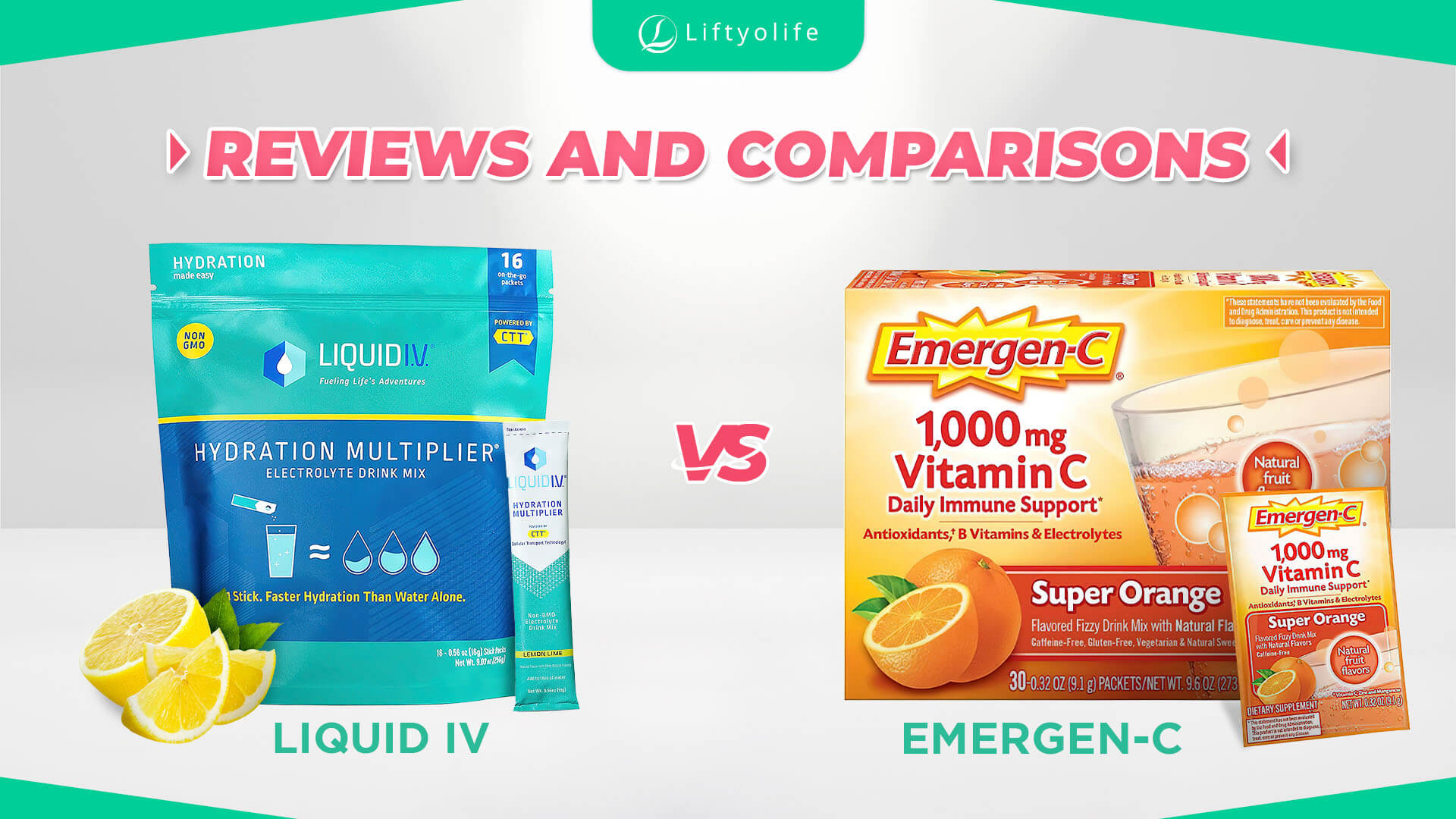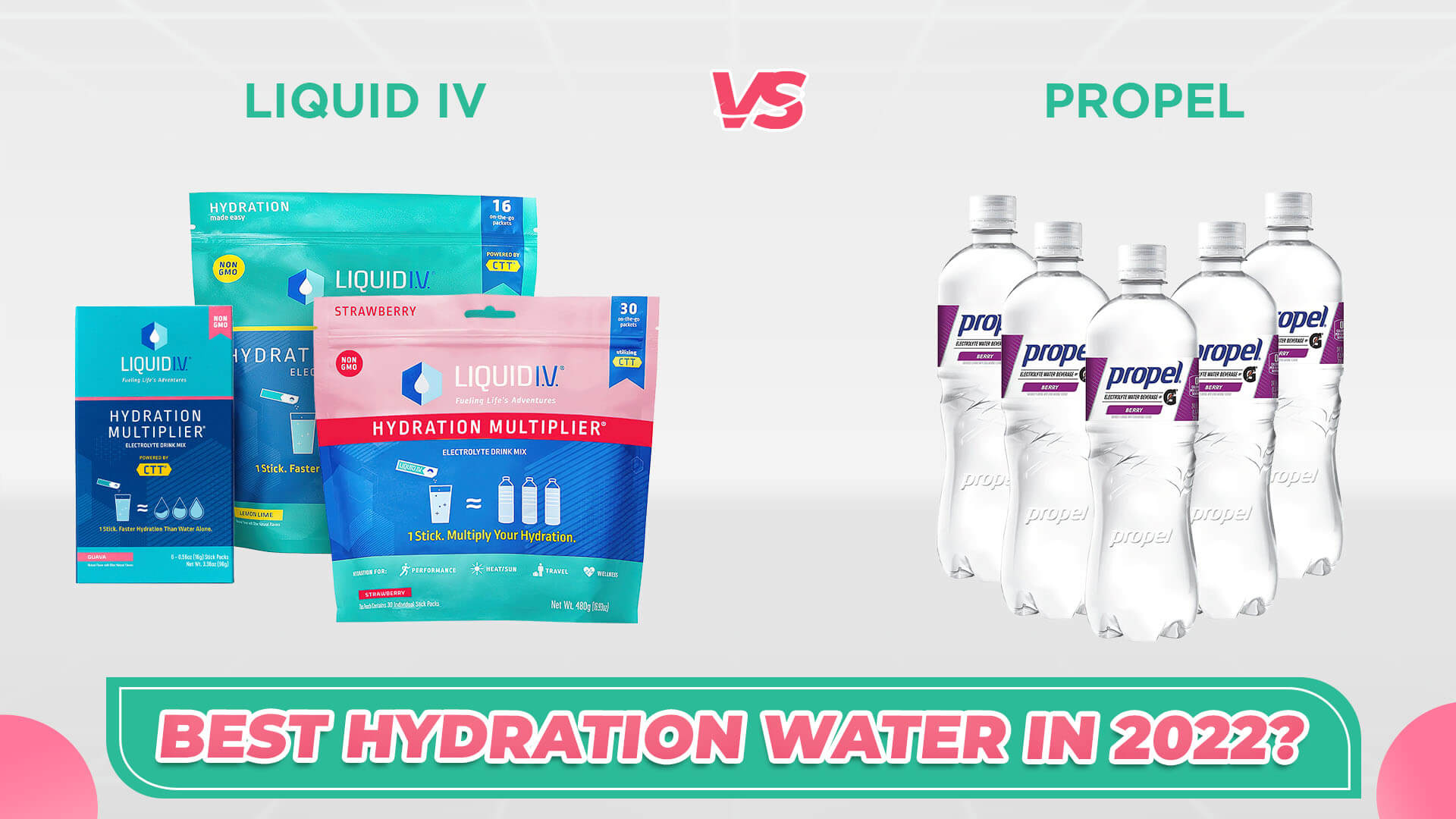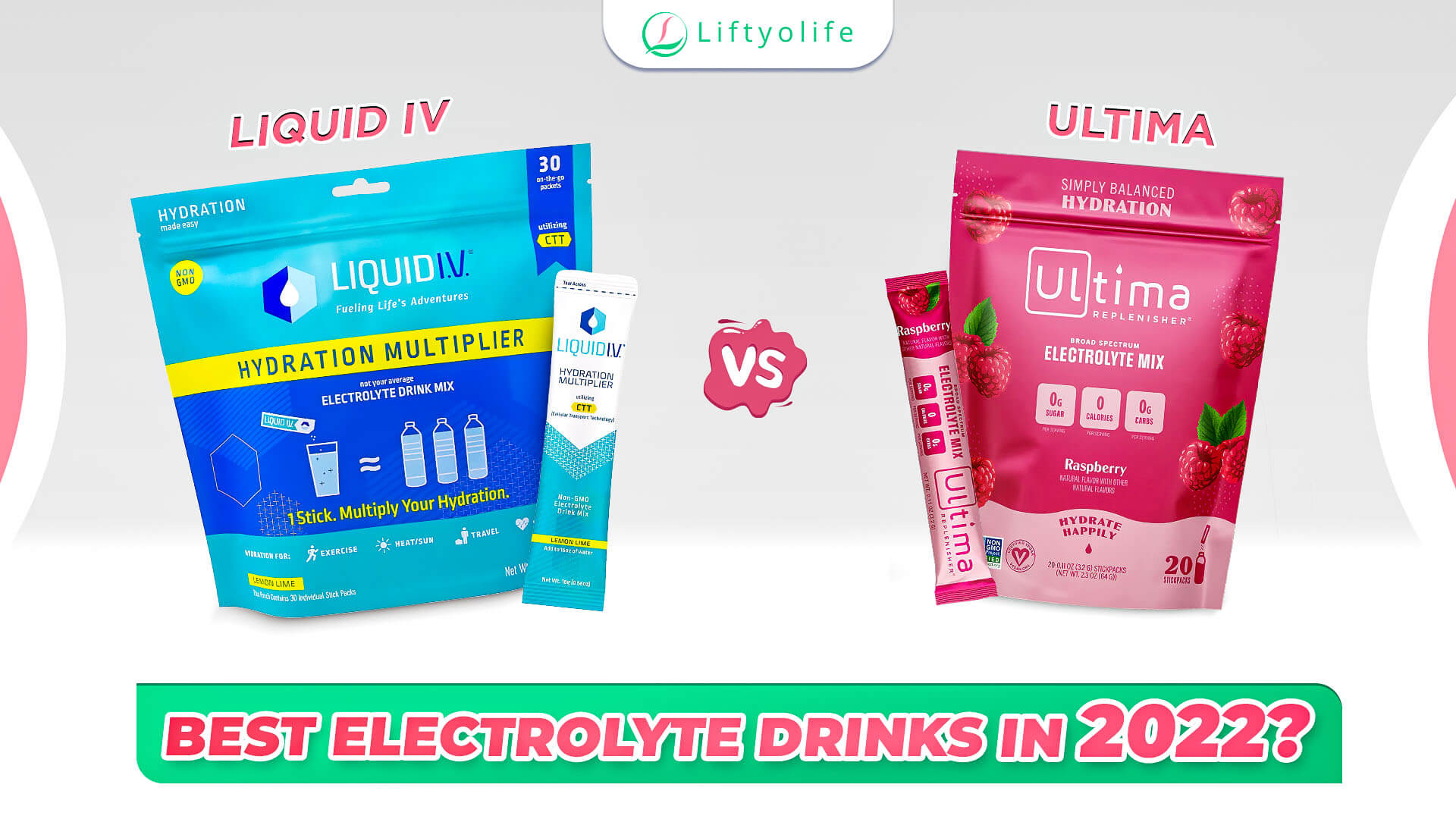How To Lower Blood Pressure Instantly And Safety?
High blood pressure causes severe complications, including heart attack and stroke, but it has no warning symptoms. If you have obvious signs of high blood pressure, it means that you are in a dangerous situation. The big question is how to lower blood pressure instantly and prevent it from protecting your health? Liftyolife (liftyolife.com) will show you how.
-
Contents show
What is blood pressure?
When the heart pumps blood through the arteries, the blood puts pressure on the artery wall. This is known as blood pressure. The normal blood pressure level is considered between 90/60mmHg to 120/80mmHg.
-
When do you have high blood pressure?
High blood pressure (hypertension) occurs when the systolic blood pressure is 130 mmHg or diastolic blood pressure is 80 mmHg or higher (130/80 mmHg). Stage 2 hypertension is when blood pressure is at or above 140/90 mmHg. This is the guideline for hypertension management from the American College of Cardiology and the American Heart Association (1).
Nearly half of people in the United States (116 million adults) have hypertension with the systolic blood pressure of 130 mmHg or diastolic blood pressure of 80 mmHg or using medication for hypertension. Do you know that hypertension actually is a “silent killer” (2)? Hypertension will raise your risk of heart disease and stroke, both of which are significant causes of mortality in the United States (3).
-
Warning symptoms of high blood pressure
High blood pressure (hypertension) typically has no warning signs or symptoms, and many adults are unaware that they have it. Measuring blood pressure is the only way to help you determine whether you have high blood pressure.
Only when you are having malignant hypertension (hypertensive emergency with 180/120 mmHg), you will realize some noticeable symptoms, including:
- Blurred vision
- Chest pain
- Shortness of breath
- Dizziness
- Numbness in the arms, legs, and face
- Severe headache
-
First aid in case of having high blood pressure
The 3 following scenarios will help you know how first to aid high blood pressure. But in case that your family member needs emergency treatment with a hypertensive crisis (180/120 mmHg), seek immediate medical attention.
4.1. Scenario 1: The patient has mild signs and is still awake
The patient feels dizzy, unsteady but still awake and able to speak. This is a common symptom of chronic high blood pressure that many people take lightly.
Treatment: In this situation, the patient must rest in bed, measure the patient’s blood pressure, and then call the doctor for medication counseling.
4.2. Scenario 2: The patient is unconscious
Patients have more severe manifestations of high blood pressure, such as dizziness, leading to stroke.
Treatment: Do not move or disturb the patient because this increases the risk of stroke. The patient should be placed supine, with the 30 degrees head-up and lying on the side.
4.3. Scenario 3: The patient has a heart attack and has difficulty breathing
Patients with a sudden increase in blood pressure can lead to acute heart failure, chest pain, shortness of breath, and falls.
Treatment: A heart attack patient should not massage the chest or squeeze the limbs. Families should allow the sufferer to lie down and rest. Then you can call an ambulance to transfer the patient to the nearest cardiology hospital.
For safe first aid for patients with high blood pressure in general, it is important to note:
- Constantly monitor the patient’s blood pressure.
- Put the patient in a lying position with a 30-degree head-up, and open the door to ventilate.
- If the patient has a stroke, it is necessary to take the patient to the emergency room immediately by a specialized vehicle to ensure the patient’s safe movement.
-
How to prevent the blood pressure
Living a healthy lifestyle can help people control their blood pressure at a healthy range. The following ways can help you and your loved ones to prevent the risk of hypertension.
5.1. Eat a Healthy Diet
The National Heart, Lung, and Blood Institute (NHLBI) recommends an eating plan low in saturated fat, cholesterol, and total fat and adding fruits, vegetables, and fat-free or low-fat milk and milk products to your daily diet. This eating diet is called the Dietary Approaches to Stop Hypertension (DASH) diet (4).
Some heart-healthy foods that you can add to your diet:
- Vegetables: broccoli, carrots, green beans, potatoes, spinach, tomatoes, etc.
- Fruits: apples, bananas, grapes, oranges, grapefruit, strawberries, etc.
- Nuts: almonds, hazelnuts, mixed nuts, peanuts, walnuts, sunflower seeds, and so on.
- Whole grains: oatmeal, brown rice, whole-wheat pasta.
Some foods that you must limit to your diet:
- Coconut, palm kernel, and palm oils
- Sugar-sweetened beverages and sweets.
5.2. Using dietary supplement
In addition to eating a healthy diet, you could consider using the dietary supplement in controlling high blood pressure. Check this supplement here. But please note that consult with your doctor before using any supplement.
[button] Check Your Blood Pressure
5.3. Maintaining a Healthy Weight
Obesity and excess weight can increase your risk of high blood pressure. Control your weight in a healthy range by calculating Body Max Index (BMI), which doctors usually use. You can use the BMI calculator from the CDC Assessing Your Weight website here.
5.4. Be Physically Active
Physical activity can assist you in maintaining a healthy weight and lowering your blood pressure. The Physical Active Guidelines for Americans recommends that adults exercise at least 2 hours and 30 minutes of moderate-intensity activity each week (5).
5.5. Do Not Smoke
Nicotine in cigarettes is associated with an increase in blood pressure and heart rate (6). Quitting smoking can help to lower your blood pressure, the main reason that leads to heart attack and stroke.
5.6. Managing your alcohol intake
Alcohol-induced hypertension can be totally controlled by limiting your average alcohol intake. This is the recommendation from the National Center for Biotechnology Information (NCBI) (7):
- Men under age 65 can have two drinks per day.
- Men above the age of 65 can have one drink per day.
- Women of any age can have no more than one drink per day.
5.7. Get Enough Sleep
The study from the National Center for Biotechnology Information (NCBI) shows that getting enough sleep could benefit your heart health (8). The American Academy of Sleep Medicine (AASM) and the American Academy of Pediatrics (AAP) recommend that adults should sleep about 7–8 hours a day (9).
Once you’ve been diagnosed with high blood pressure, you’ll be required to monitor and treat it for the rest of your life. The chance to get normal blood pressure after that will be challenging. Thus, living a healthy lifestyle from now on can help to reduce the risk of hypertension. But it is in the long run. How to lower blood pressure instantly in case that your family member needs emergency treatment? The first thing you have to do is call your doctor, report the symptoms and follow their instructions. Follow Liftyolife (liftyolife.com) for more information.





